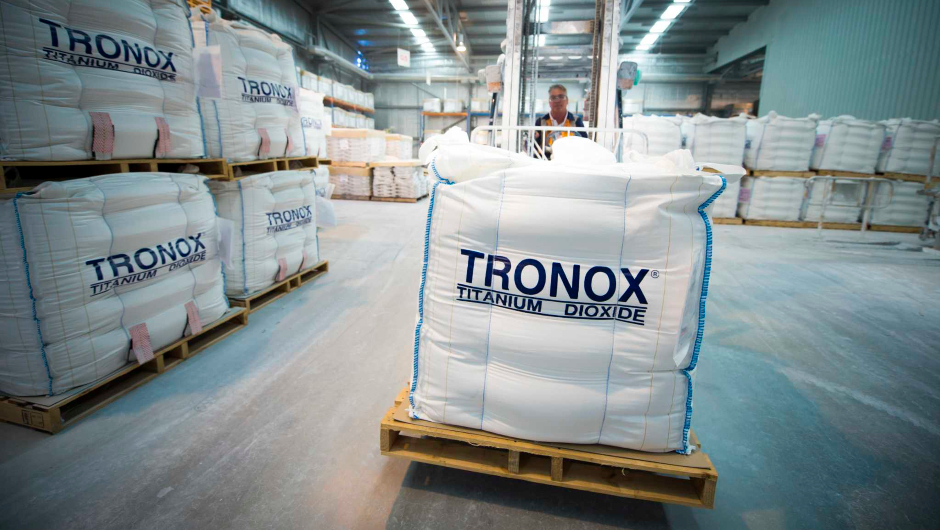Getting treasury M&A ready

As M&A activity rises, treasurers can prepare in advance for surprise deals by creating an integration checklist, streamlining their systems, improving cash visibility and consolidating bank accounts.
With global M&A activity rebounding to a five-year quarterly high of $1.2 trillion in Q4, and experts predicting another flurry of deals in 2021, many corporate treasurers can expect a heavier workload this year as they shoulder the task of ensuring everything from payroll to cross-border transfers continue uninterrupted following any deal. With some advance spring cleaning however, and a checklist at the ready, they can ensure treasury integration is as fast and painless as possible.
Create a plan
For treasurers who believe an M&A deal looks likely, it’s useful to prepare a rough plan, containing a list of actions required to integrate the treasury operations of another firm and ensure smooth business operations, argues Marguerite Versacci, Assistant Treasurer at chemical manufacturer Tronox. The company, based in Connecticut, has completed a string of acquisitions in recent years, most recently its April 2019 acquisition of the global titanium dioxide business of The National Titanium Dioxide, otherwise known as Cristal.
Versacci recommends dividing the plan into key pillars – covering, for example, systems and technology, liquidity management, banking procedures, and payables and receivables – each including steps to take during the weeks leading up to and following deal closure.
“This means that as soon as you know about an acquisition, it’s easy to develop a roadmap to look at the other company and decide what specific questions you need to ask the moment the Legal teams allow you to start talking,” she says.
Improve cash visibility
Some actions can also be taken right now – and will leave your treasury operations in better shape, whether or not a deal materialises.
For example, strengthening cash forecasting and improving cash visibility – including what’s where, asset liquidity and whether country restrictions might limit the movement of money to a specific legal entity – can help treasurers quickly line up cash if they need to fund an acquisition, while reducing the risk of business disruption following any deal. This might require investing in a treasury workstation, although bank platforms often offer similar tools that are cheaper and don’t require IT support, Versacci says.
Other areas to cover under this pillar of the plan include improving your own firm’s working capital procedures and positions, and investigating how the other firm’s payment and collections policies might affect your operations. Consider, for example, whether you are expected to fund the first 10 days of working capital or if they come with their own cash, she recommends. Also try to anticipate any last-minute problems, such as bank transfer cut-off times, that might prevent funds arriving on the day a deal closes.
Review bank relationships
Once an acquisition is announced, treasurers need to determine whether they need to open new bank accounts in advance of signing or to close any surplus accounts at either firm, and to create a plan around sharing policies and amending signatories for those accounts being retained.
But even if an M&A deal is currently no more than theoretical, consolidating bank accounts in your own operation will help “clear up any noise” during integration if a deal does occur. And if one doesn’t, the exercise will still create synergies and cost savings, and make ongoing audits easier, Versacci says.
“At your own firm and any potential acquisition, go after the low-hanging fruit,” she advises. “I’m sure every operation has these random bank accounts. Do you really need them? Go talk to Tax and Accounting and ask, ‘Can we begin to close these bank accounts?’ That’s all great clean-up preparation.”
Reviewing bank relationships is a valuable exercise even when acquiring startups with less mature treasury operations. For example, while digital payment company Payoneer’s acquisition last year of German payment orchestration platform Optile has been “seamless” with an “insignificant impact on Treasury”, Optile’s existing banks were inherited as part of the deal and “we’ll optimise and rethink those over time,” notes Jack Bryan, VP Treasury for Payoneer.
Digitising banking processes can smooth the integration of Treasury operations and drive efficiency during periods of inorganic growth, according to Haomiao Zhang, Assistant Treasurer at PayPal. The global payments giant, which spent around $7 billion on acquisitions in the last three years, has been “forced to take a step in the right direction” during the pandemic by making greater use of DocuSign. “Opening and closing bank accounts is still a very paper-intensive process,” she notes. Another digital tool that can drive efficiency and provide a ‘source of truth’ offering visibility across a company’s bank accounts ahead of deals is Electronic Bank Account Management (eBAM), which PayPal recently implemented, she adds.
Streamline systems
Streamlining and centralising treasury operations will also speed any integration, while boosting efficiency in the meantime, Zhang recommends. “If you have a separate Treasury systems landscape – you’re doing cash in one place, FX in another place and you’re doing investments in another place – that’s a massive Treasury systems footprint,” she notes. “So are there solutions that centralise all the operational needs that you have?”
As soon as an M&A deal is announced, find out if the other firm is using a treasury system and how much it costs, adds Versacci. “You want to identify the technology differences and any integration work required, which will be important to your synergy savings and continuous business improvement.”
Coordinate across functions
For a treasury integration plan to succeed, it’s also vital to consider potential impacts and dependencies on other departments in the company, such as IT or accounting, Zhang concludes. When creating a common platform systems infrastructure, “you have to think about the downstream impact that has on your colleagues,” she says. “Whether it’s a relay race or the left hand knowing what the right hand is doing… one of the key things is coordination.”